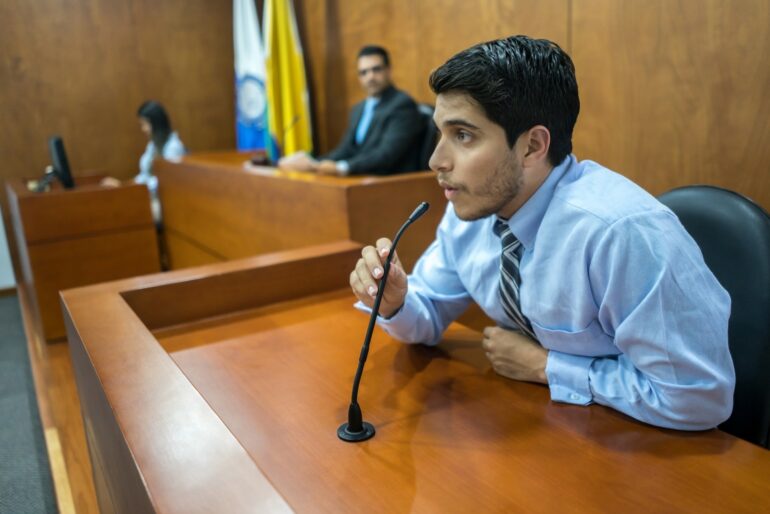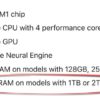Ledura Watkins was 19 years old when he was accused of murdering a public school teacher. At trial, a forensic expert testified that a single hair found at the scene was similar to Watkins’ and stated his conclusion was based on “reasonable scientific certainty.” He explained that he’d conducted thousands of hair analyses and “had never been wrong.”
This one hair was the only physical evidence tying Watkins to the crime. In 1976, Ledura Watkins was convicted of first-degree murder and sentenced to life in prison without the possibility of parole.
Here’s the catch: The expert’s testimony was inappropriate and misleading, and the jury made a mistake. Watkins was innocent. Ledura Watkins lost over 41 years of his life to a wrongful conviction based on improper forensic testimony.
Our interdisciplinary team of legal psychologists, forensic experts and an attorney worked to develop an educational tool to help jurors avoid making similar mistakes in the future.
Forensic testimony carries weight with jurors
One out of every five wrongful convictions cataloged through September 2023 by the National Registry of Exonerations involved improper forensic evidence.
There is reason to be concerned about jurors’ ability to adequately evaluate forensic evidence. Jurors tend to rely heavily on forensic evidence when making decisions in a case, despite struggling to understand the statistical analyses and language used to explain forensic science. They might ignore the differences between appropriately worded forensic testimony and testimony that violates best-practice guidelines, fail to grasp the limitations of forensic science in expert witness testimony and overly rely on an expert’s experience when evaluating the evidence.
Despite all these issues, jurors remain overconfident in their ability to comprehend forensic testimony.
Researchers have long suggested that part of the problem is the way forensic evidence is presented in courtrooms. In response to calls by scientists, the U.S. Department of Justice approved the Uniform Language for Testimony and Reports in 2018. These guidelines aimed to lessen misleading statements in forensic testimony and outlined five statements forensic experts should not make. The expert in Ledura Watkins’ case made several of these statements, including claiming that his examination was perfect because of the number of examinations he had conducted.
It’s understandable that jurors are swayed by an expert who uses terms like “error free,” “perfect” or “scientific certainty.” We are interested in finding ways to help people critically evaluate the forensic testimony they hear in court.
An informational video for jurors
Inspired by one court’s use of videos to help train jurors on relevant concepts, our team developed what we call the forensic science informational video. It’s about 4½ minutes long and focuses on latent print examinations, including fingerprints, footwear…



